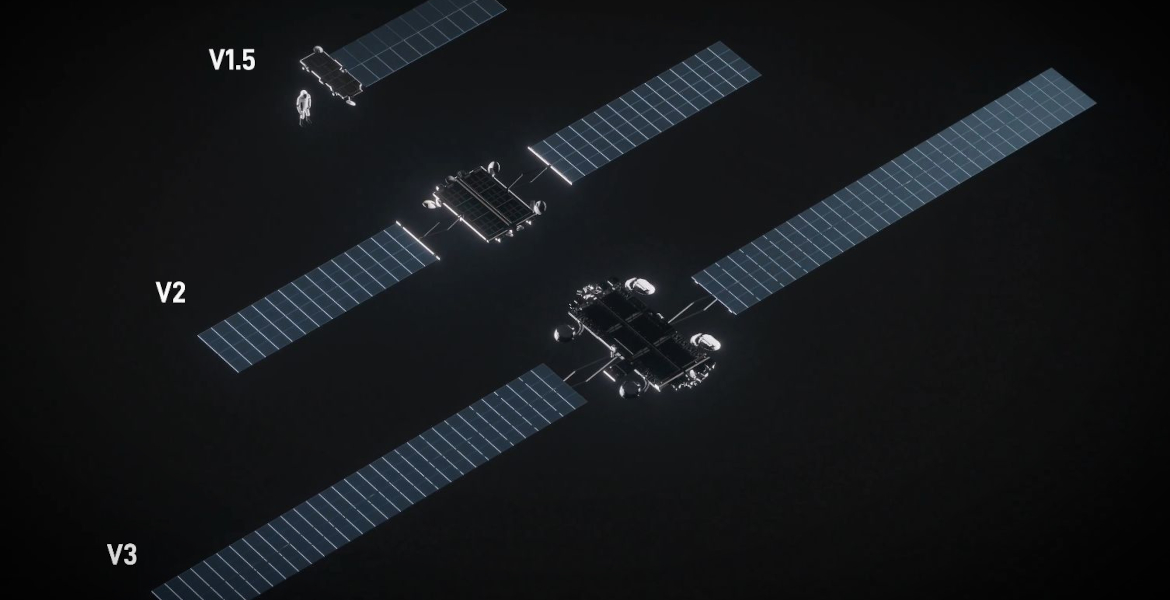OpenAI CEO Sam Altman, does not rule out that his and his company will help the Pentagon develop new AI-based weapon systems in the future.
– I will never say never, because the world could get really weird, the tech billionaire cryptically states.
The statement came during Thursday's Vanderbilt Summit on Modern Conflict and Emerging Threat, and Altman added that he does not believe he will be working on developing weapons systems for the US military "in the foreseeable future" – unless it is deemed the best of several bad options.
– I don’t think most of the world wants AI making weapons decisions, he continued.
The fact that companies developing consumer technology are also developing military weapons has long been highly controversial – and in 2018, for example, led to widespread protests within Google's own workforce, with many also choosing to leave voluntarily or being forced out by company management.
Believes in "exceptionally smart" systems before year-end
However, the AI industry in particular has shown a much greater willingness to enter into such agreements, and OpenAI has revised its policy on work related to "national security" in the past year. Among other things, it has publicly announced a partnership with defense technology company Anduril Industries Inc to develop anti-drone technology.
Altman also stressed the need for the US government to increase its expertise in AI.
– I don’t think AI adoption in the government has been as robust as possible, he said, adding that there will be "exceptionally smart" AI systems in operation ready before the end of the year.
Altman and Nakasone – a retired four-star general – attended the event ahead of the launch of OpenAI's upcoming AI model, which is scheduled to be released next week. The audience included hundreds of representatives from intelligence agencies, the military and academia.




